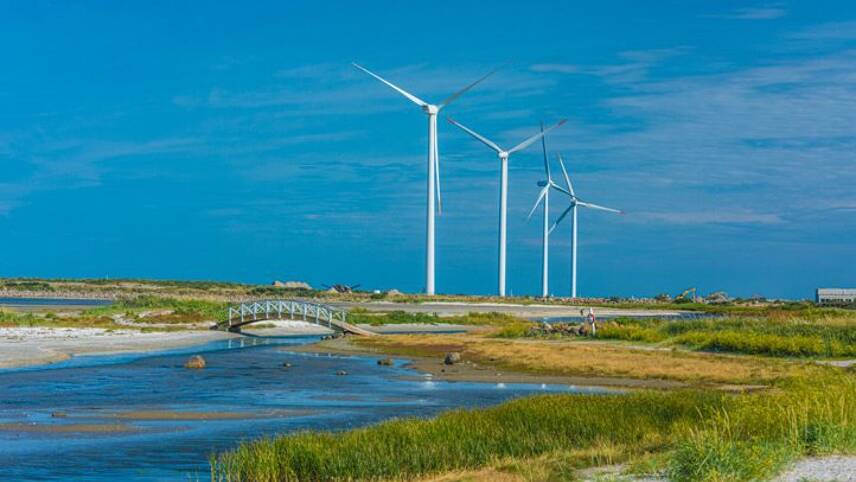Register for free and continue reading
Join our growing army of changemakers and get unlimited access to our premium content

BCG notes that renewables and low-carbon solutions need to increase from 12% of the global energy supply in 2021 to 50-70% by 2050
Research from Boston Consulting Group (BCG) Center for Energy Impact, titled The Energy Transition Blueprint, has claimed that up to $37trn is needed by 2030 to finance the energy transition and put the world on course for net-zero emissions. The research found that $19trn has been committed so far, leaving an investment gap of $18trn.
The report notes that society needs to “massively accelerate” the phase-out of fossil fuels. It notes five technology leavers that can help deliver the transition: increasing energy efficiency; electrifying end uses, via, for example, electric vehicles or heat pumps; decarbonising the power supply; using lower carbon fuels in hard-to-abate use cases; and deploying carbon capture (CCS).
“Most of the tools we need to bring our energy system to net zero are already available,” BCG’s managing director and chair for the Center for Energy Impact Maurice Berns said.
“What we need, urgently, are the policies, proven business cases, and capabilities to effect the biggest and most critical peacetime transformation in our economic history.”
BCG notes that renewables and low-carbon solutions need to increase from 12% of the global energy supply in 2021 to 50-70% by 2050. This, the research claims, is around three times faster than previous transitions, for example to coal and to hydrocarbons.
The total consumption of electricity will also double by 2050, but currently, more than 775 million people still have no access to electricity. More than 20 MWH of primary energy per capita is needed by society to reach “very high levels of prosperity”.
The report also notes that most net-zero scenarios call for oil and gas supply to decrease by 50-80% in terms of supply by 2030, but that current low-carbon solutions and assets will not be able to meet demand beyond 2030.
Earlier this year, a report from the Energy Transitions Commission (ETC) outlined the need to increase annual capital investment in the low-carbon economy from $1trn now to at least $3.5trn by 2050 to reach a net-zero world. This is around 1.3% of global GDP.
The majority of the $3.5trn, around 70%, will need to go towards the power system, covering activities such as scaling up clean energy generation, building in energy storage, improving transmission and distribution networks, electrifying heat and transport and improving energy efficiency.
Elsewhere, McKinsey argues that delivering climate-aligned decarbonisation across countries could deliver a net gain in jobs, if corporates, investors and governments can raise efforts over a decade that will “decide the nature of the transition”.
Between 2021 and 2050, capital expenditure on assets for energy and land-use systems tailored towards net-zero would reach $275trn and around $9.2trn annually, almost three times greater than the current annual spend. An additional $1trn on today’s annual spending would also need to be relocated from high-emitting sectors to new low-carbon assets. This spending would need to be front-loaded to deliver drastic levels of decarbonisation. It would need to rise from 6.8% of GDP today to 8.8% between 2026 and 2030, as which point it starts to fall.


The science is there, but it is Politics , dear boy, Politics!